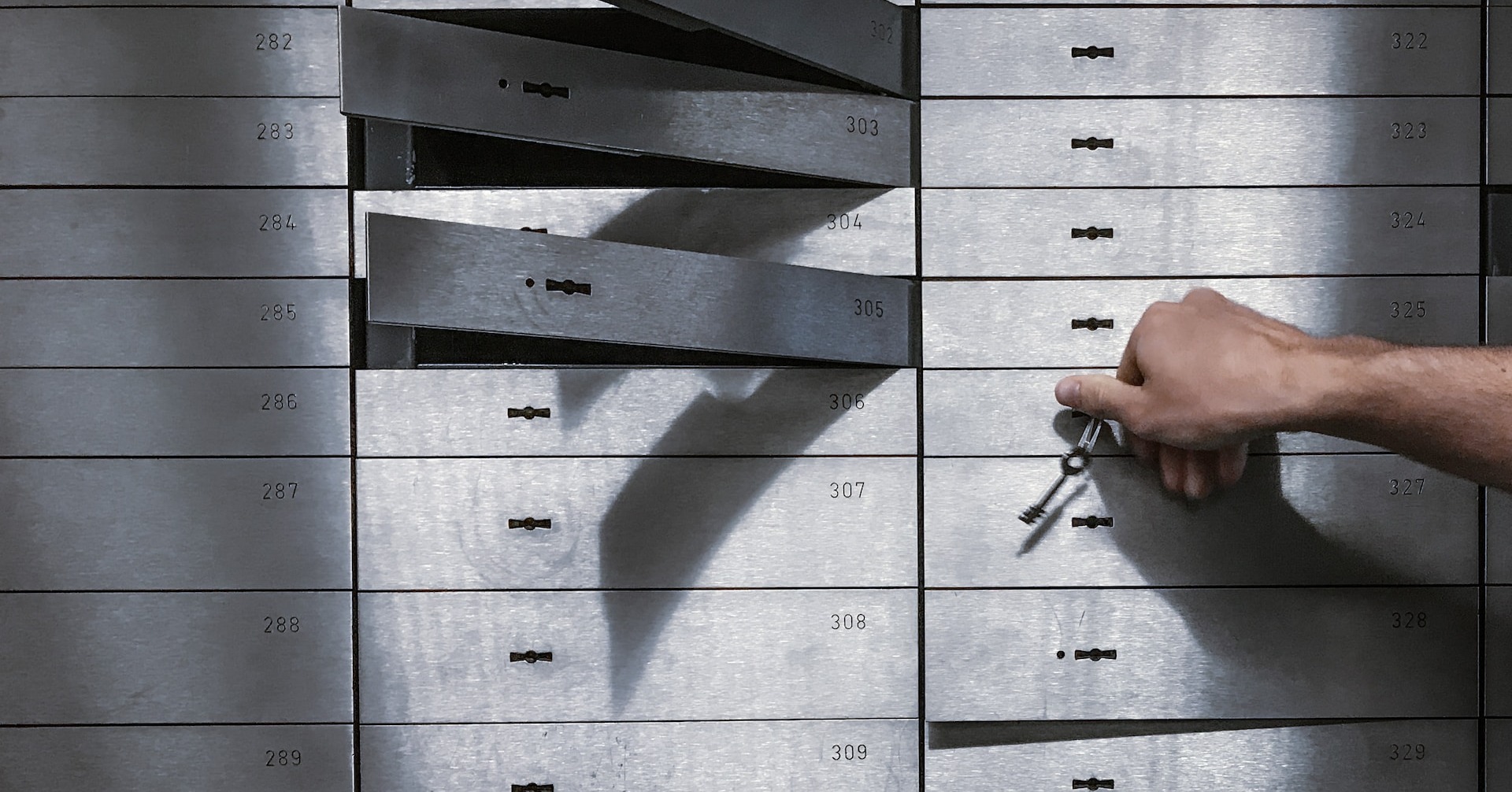Has investing in real estate fallen out of vogue?
Look around – everyone is feeling market pressure. They think buying a personal residence is far out of reach, let alone securing multiple investment properties. They’ll say it’s too expensive. That we should wait until prices or interest rates come down. That we’re nuts for still banking on real estate when the market is like this.

Yep. We’re still investing in real estate.
And this is why you should, too.
6 Reasons Why We're Still Convinced About Investing in Real Estate
1. Historically, this strategy works
Although we should never expect the present or the future to perfectly repeat history, the rules of investing in real estate are time-tested. We’ve seen repeatedly that, though not without challenges, investing in real estate almost always results in growing wealth.
It’s hard to argue with the results between cash flow, appreciation, leverage, and tax advantages (among others). Buy-and-hold investing just plain works, and it’s worked through some of the most significant economic challenges we’ll see in our lifetimes.
2. A crash isn't likely
Plenty of people think that the best course of action is to wait. They say interest rates will go down. Prices will decrease. And while we won’t rule anything out, the chances of a genuine market crash that results in significantly lower property prices (AND mortgage rates) are slim. We are anticipating a slight decrease in interest rates next year.
All this will do is reignite the pent-up demand that has gone dormant. Unless inventory significantly increases to compensate for the vast deficit, this will continue to push prices upwards. If that’s the case, all that waiting would mean less time to benefit from a pricier property acquisition.
3. Demand isn't going anywhere
With the market as it is now, rental properties – particularly SFRs – are more valuable than ever. Everyone needs a home, and people increasingly value the lifestyle benefits afforded to them through an SFR. Rental demand will not decrease, not with limited supply and sticker shock. That means a reliable, consistent cash flow stream and ample opportunity to fill any vacancies.
4. A buy-and-hold approach mitigates short-term market risks
So many of the problems with investing in real estate right now are things that plague short-term investors. People who panic and jump out of this business focus too much on the present – on the short-term. A buy-and-hold strategy transcends a lot of these problems and temporary market fluctuations. We invest because we’ve seen how this pans out. We know this strategy weathers some of the toughest economic challenges you can imagine.
We can’t expect to succeed as fair-weather investors – instead, we ought to train ourselves to seize an opportunity in adverse conditions.
It’s not about a one-time payday. It’s about letting your wealth grow slowly and stably over time, adapting to the shifting market.
5. And playing the long game can reap big rewards
The long game isn’t just about weathering short-term risks. Investors with long-term vision can pivot their strategies to adapt to just about any market change. By investing in real estate, you’re looking at cash flow, property appreciation, tax advantages, and dwindling debt burdens. Like a fine wine, investing in real estate only gets better with time.
We won’t let a challenge take us away from our long-term vision.
6. Protecting your wealth matters
Imagine you keep a prized sweater in your attic. You’re waiting for just the right time to wear it. Years later, the time comes, and you open up the container…only to find your prized possession riddled with holes, destroyed by hungry moths. The sweater is your wealth. Moths are inflation. And real estate? Your mothballs.
Real assets, like real estate, hedge against inflation. They naturally compensate for the fluctuating dollar value and higher living costs. This means that your portfolio – your wealth – will increase alongside inflation. For anyone looking to secure long-term, generational wealth, you must anticipate the corrosive impact of inflation.
But look at median home prices. Last quarter, it was $431,000 in the United States. In 1970, the median value was just shy of $25,000. Even just ten years ago, in 2013, it was $264,800. When wages and other dividends aren’t growing…real estate does!
Ultimately, we’re still committed to SFR investing because we know it is one of the best choices you can make for your future. We’ve been in this business for over 20 years. We kept going through the Great Recession and the pandemic. We haven’t just survived – we’ve thrived. And you can, too!
Regardless of your short or long-term goals, REI Nation makes investing in real estate stress-free.












